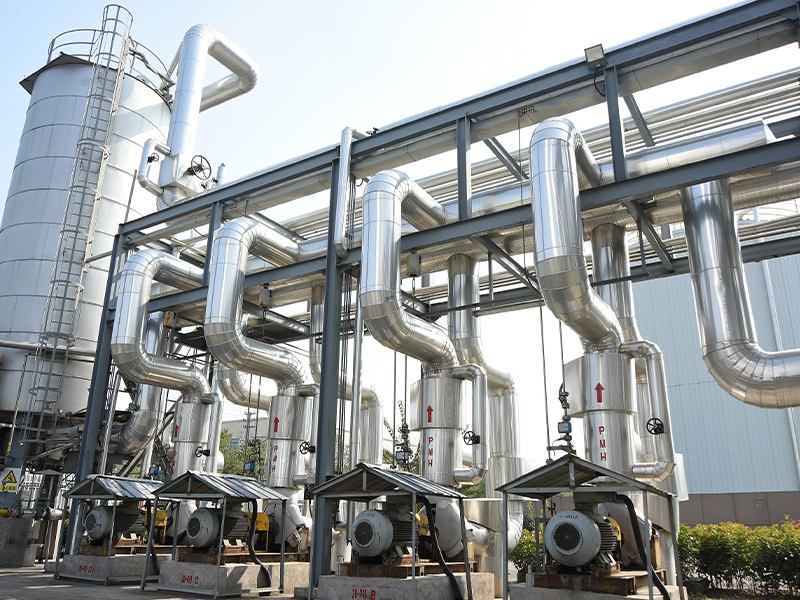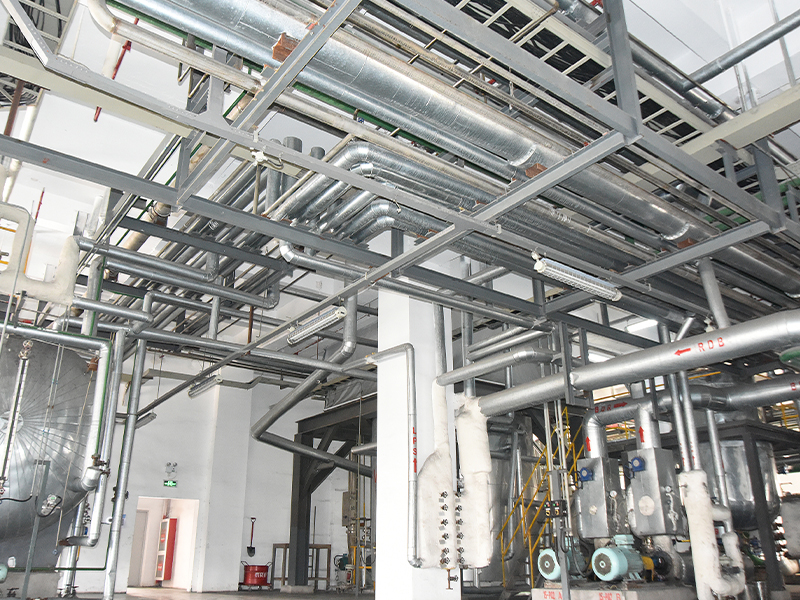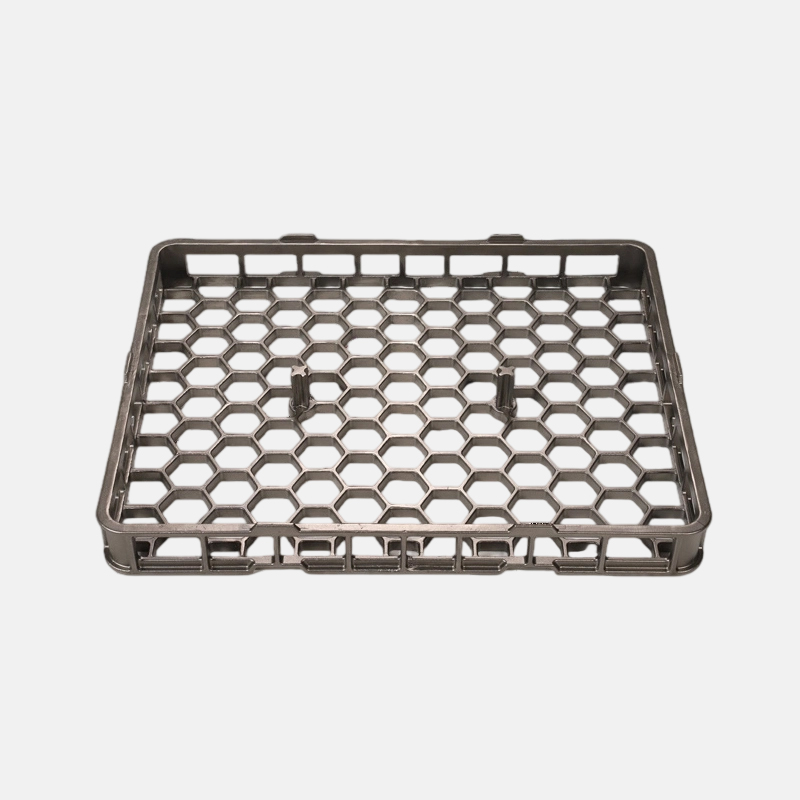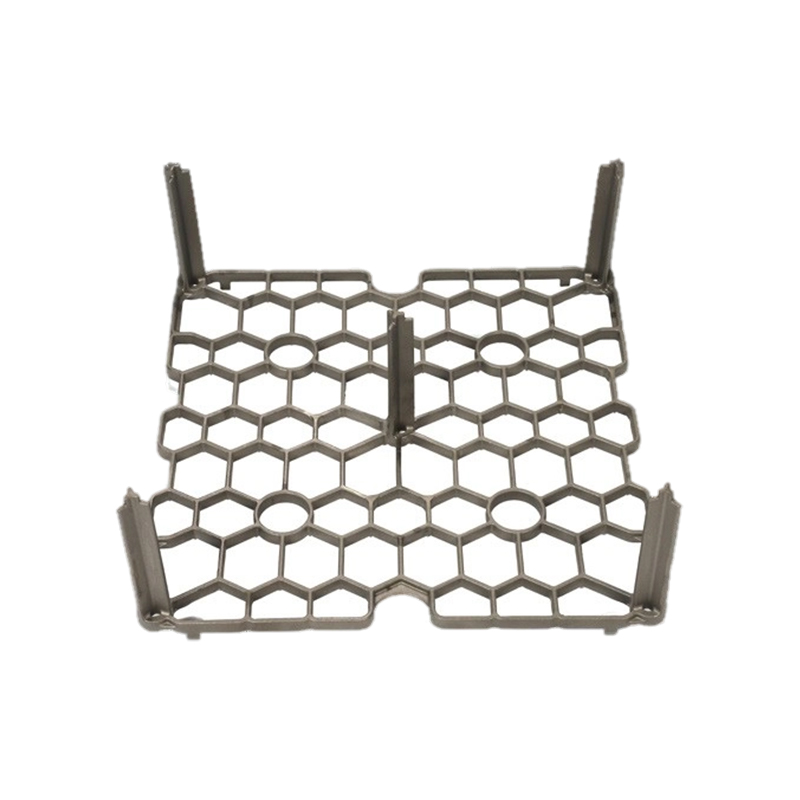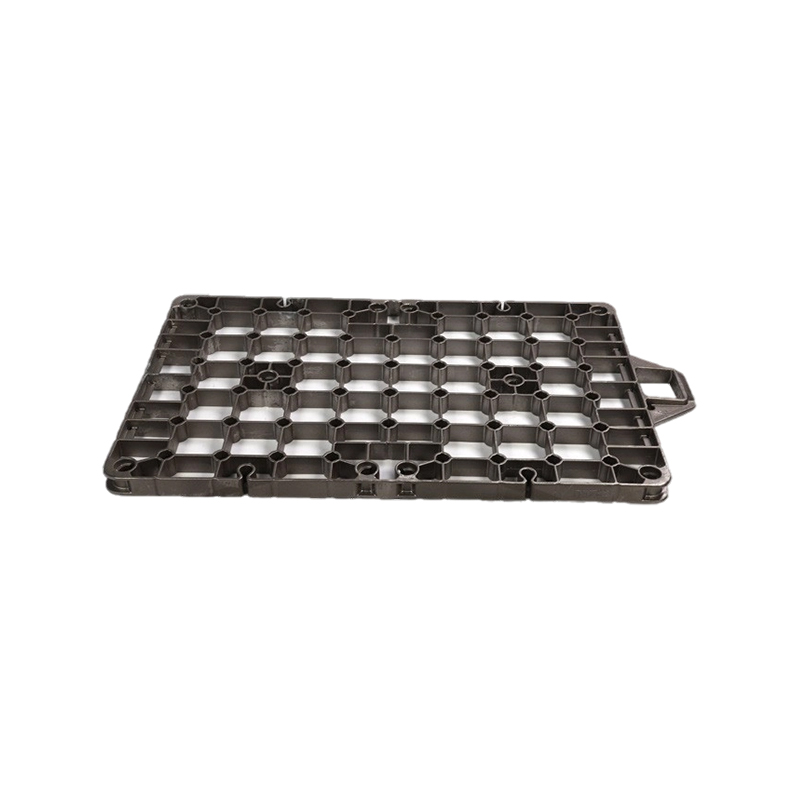Casting processes are fundamental to manufacturing, enabling the production of complex metal parts across industries such as automotive, aerospace, and machinery. Among various methods, Lost Foam Casting and traditional sand casting are widely used, each with distinct characteristics.
What is Lost Foam Casting?
Lost Foam Casting, also known as evaporative pattern casting, is a metal casting process that uses a foam pattern as a disposable model. The process begins with creating a pattern from expanded polystyrene (EPS) or similar foam materials. This pattern is coated with a refractory ceramic layer to form a shell. It is then placed in a flask and surrounded by unbonded sand. Molten metal is poured into the mold, causing the foam to vaporize and be replaced by the metal, resulting in a precise casting. Lost Foam Casting is known for its ability to produce complex geometries with minimal post-processing.
Types of Lost Foam Casting include variations based on pattern material and coating techniques, such as standard EPS patterns or advanced polymer foams. Applications often involve parts requiring high dimensional accuracy, such as engine blocks, pump housings, and architectural components.
What is Traditional Sand Casting?
Traditional sand casting is one of the oldest and most versatile casting methods. It involves creating a mold from a mixture of sand, clay, and water, which is compacted around a reusable pattern (typically made of wood, metal, or plastic). The mold is divided into two halves (cope and drag), and cores may be inserted to form internal cavities. After the pattern is removed, molten metal is poured into the cavity. Once solidified, the sand mold is broken away to retrieve the casting. This process is valued for its simplicity and adaptability to large-scale production.
Types of traditional sand casting include green sand casting (using moist sand), resin sand casting (with chemical binders), and shell molding. Applications range from simple brackets and gears to large industrial machinery parts, where cost-effectiveness and flexibility are prioritized.
Fundamental Differences Between Lost Foam Casting and Traditional Sand Casting
The core distinctions between these methods lie in their mold-making processes, accuracy, cost structures, and environmental impacts. Below is a detailed comparison based on key aspects.
-
Mold and Pattern System
-
Lost Foam Casting: Utilizes a disposable foam pattern that vaporizes during pouring. This eliminates the need for mold parting lines or core assembly, allowing for intricate designs without draft angles. The process relies on unbonded sand for support.
-
Traditional Sand Casting: Employs a reusable pattern and a bonded sand mold that must be parted and reassembled. This often requires draft angles and cores for complex shapes, leading to potential flash and seam lines on the final product.
-
-
Dimensional Accuracy and Surface Finish
-
Lost Foam Casting: Typically achieves higher accuracy and smoother surfaces due to the absence of parting lines and the use of a ceramic coating. Tolerances can be within ±0.005 inches per inch, reducing the need for machining.
-
Traditional Sand Casting: Generally offers lower accuracy, with tolerances around ±0.030 inches per inch, and may result in rougher surfaces that require additional finishing operations.
-
-
Complexity and Design Flexibility
-
Lost Foam Casting: Excels in producing complex, undercut-heavy components in a single piece, as the foam pattern can be easily molded into sophisticated shapes. It is suitable for integrated designs that would otherwise require multiple parts in sand casting.
-
Traditional Sand Casting: More limited in complexity due to mold parting constraints, but it handles large, simple to moderately complex parts effectively. Cores can add internal features, but this increases cost and time.
-
-
Cost Considerations
-
Lost Foam Casting: Involves higher initial costs for pattern creation and ceramic coatings, but it can be economical for medium to high-volume runs by reducing machining and assembly expenses. Tooling costs are lower for complex designs compared to sand casting patterns.
-
Traditional Sand Casting: Lower upfront costs for patterns and mold materials, making it ideal for prototyping and low-volume production. However, higher labor and finishing costs may accrue for complex parts.
-
-
Production Speed and Scalability
-
Lost Foam Casting: Setup time is longer due to pattern production, but it allows for faster cycling in automated systems for batch production. It is less suited for very low volumes due to pattern costs.
-
Traditional Sand Casting: Offers quick mold preparation and flexibility for small batches or one-off pieces, but it may be slower for high-volume runs due to manual labor involved.
-
-
Environmental Impact
-
Lost Foam Casting: Generates less waste sand, as the unbonded sand can be reused after cooling. The foam vaporization produces gases that require controlled handling to meet emissions standards.
-
Traditional Sand Casting: Produces more waste sand, which may need disposal or recycling. Bonded sand systems can involve chemical binders that pose environmental concerns if not managed properly.
-
Applications Overview
Lost Foam Casting is commonly used in industries requiring high precision and reduced weight, such as automotive for engine components, aerospace for turbine parts, and art for detailed sculptures. Traditional sand casting finds applications in heavy machinery, construction equipment, and general hardware, where cost and durability are critical.
Frequently Asked Questions (FAQ)
Q: Which process is better for producing large castings?
A: Traditional sand casting is often preferred for very large castings due to its scalability and lower material costs. Lost Foam Casting can handle large parts but may be limited by pattern size and cost.
Q: Can Lost Foam Casting be used for all metals?
A: Lost Foam Casting is suitable for a wide range of metals, including aluminum, iron, and steel, but it may not be ideal for high-melting-point alloys due to foam decomposition issues. Traditional sand casting is more versatile across metals.
Q: How do the environmental impacts compare?
A: Both processes have environmental considerations. Lost Foam Casting reduces solid waste but requires management of gaseous emissions. Traditional sand casting generates more solid waste but can incorporate recycled sand systems.
Q: Which method offers shorter lead times?
A: For prototyping, traditional sand casting typically has shorter lead times due to simpler tooling. For production runs, Lost Foam Casting can be faster if patterns are pre-prepared.
Lost Foam Casting and traditional sand casting represent distinct approaches to metal forming, with fundamental differences in mold technology, accuracy, and economics. Lost Foam Casting provides advantages in complexity and precision, while traditional sand casting remains a robust choice for cost-sensitive and versatile applications. Understanding these differences enables informed decision-making in manufacturing, ensuring the selection of the appropriate method based on project requirements. This guide aims to serve as a reliable reference for professionals navigating these options.
 English
English русский
русский Español
Español عربى
عربى
